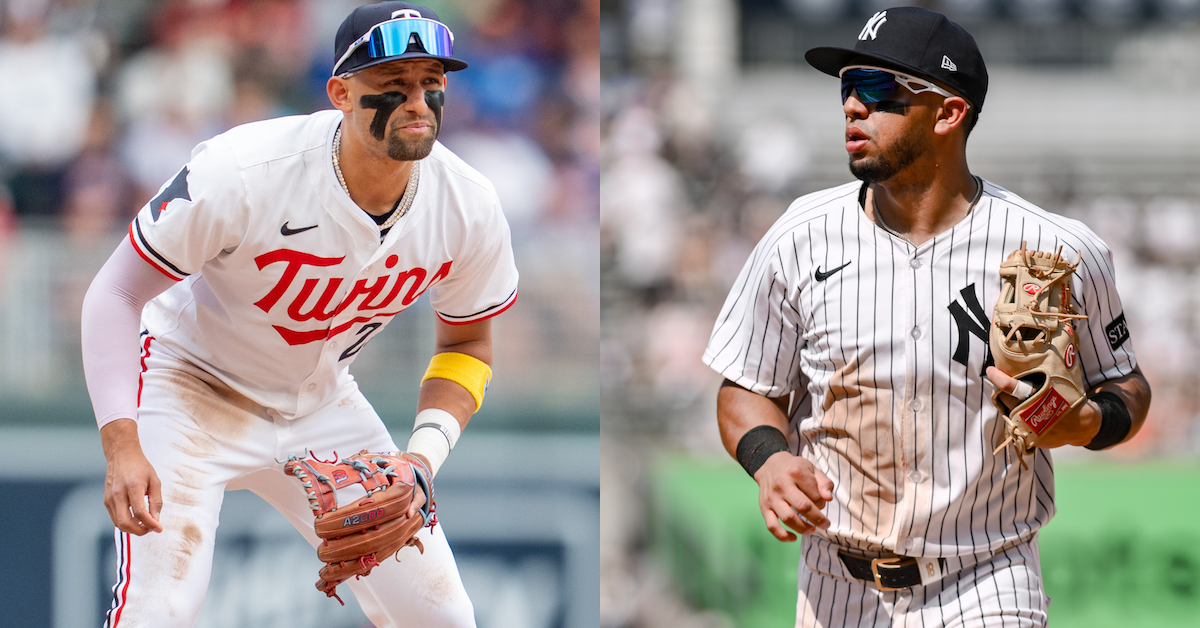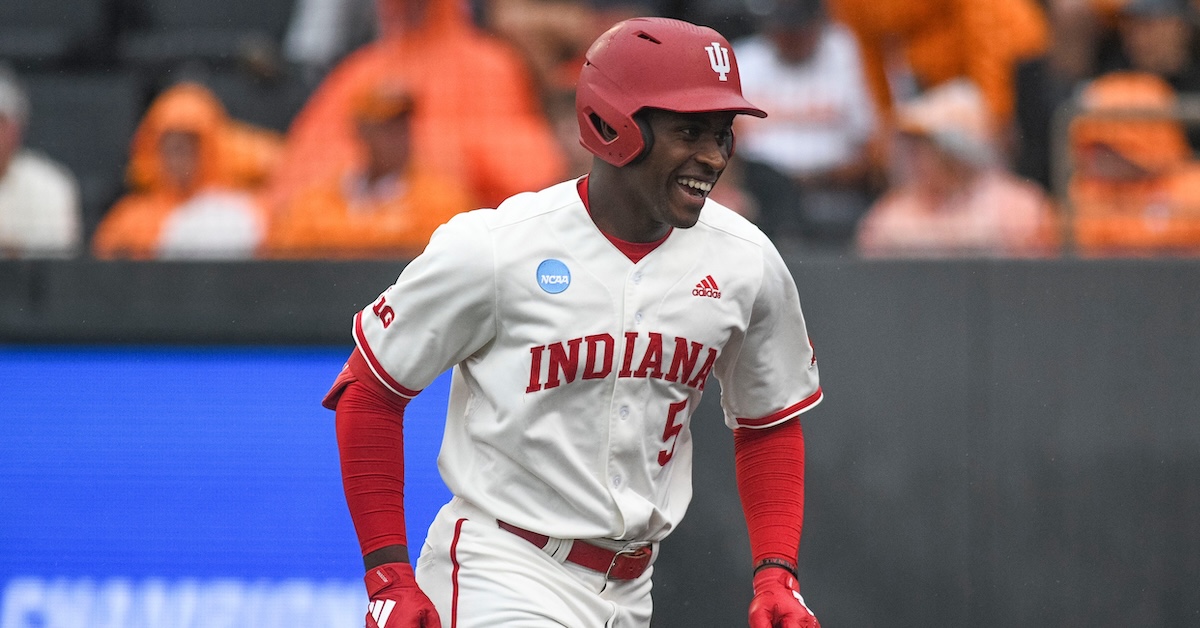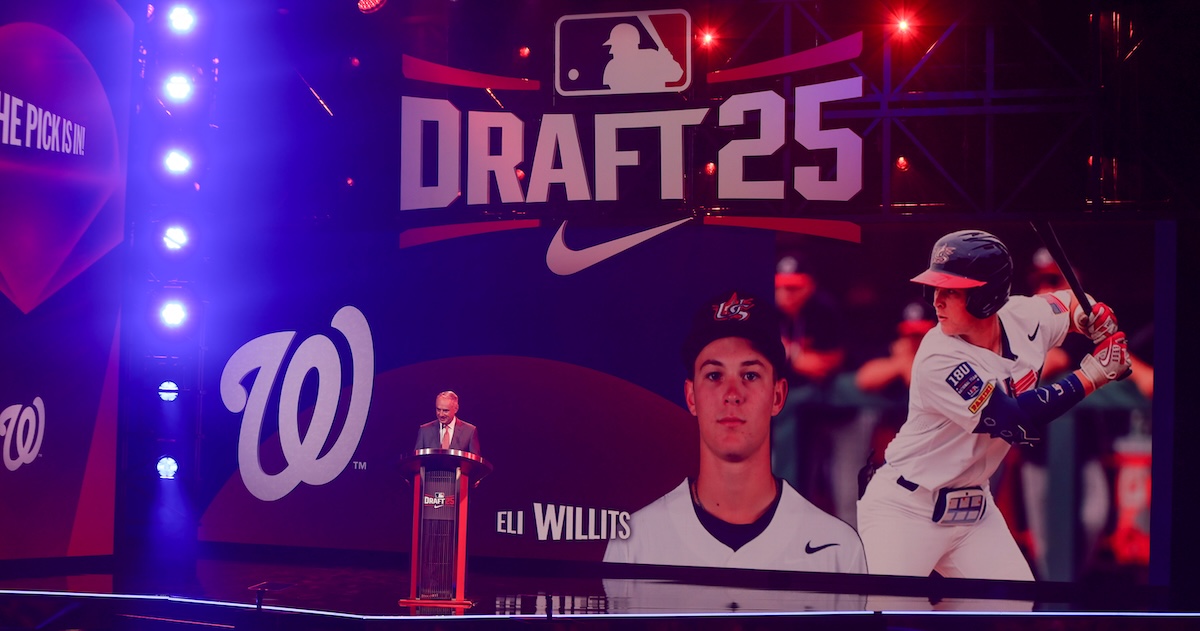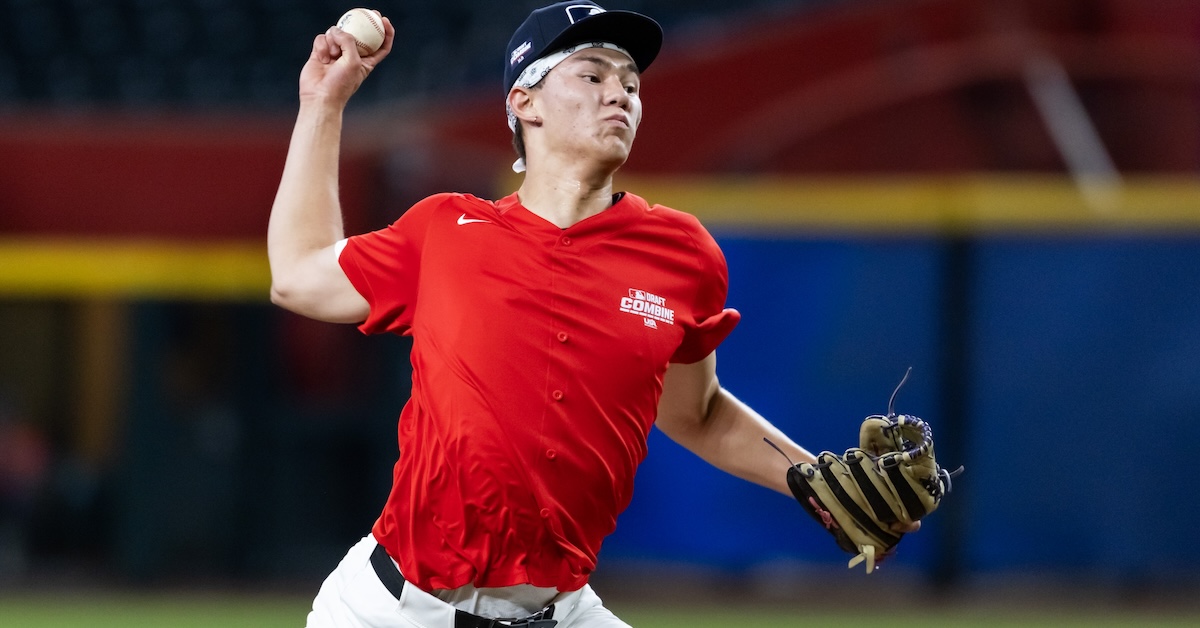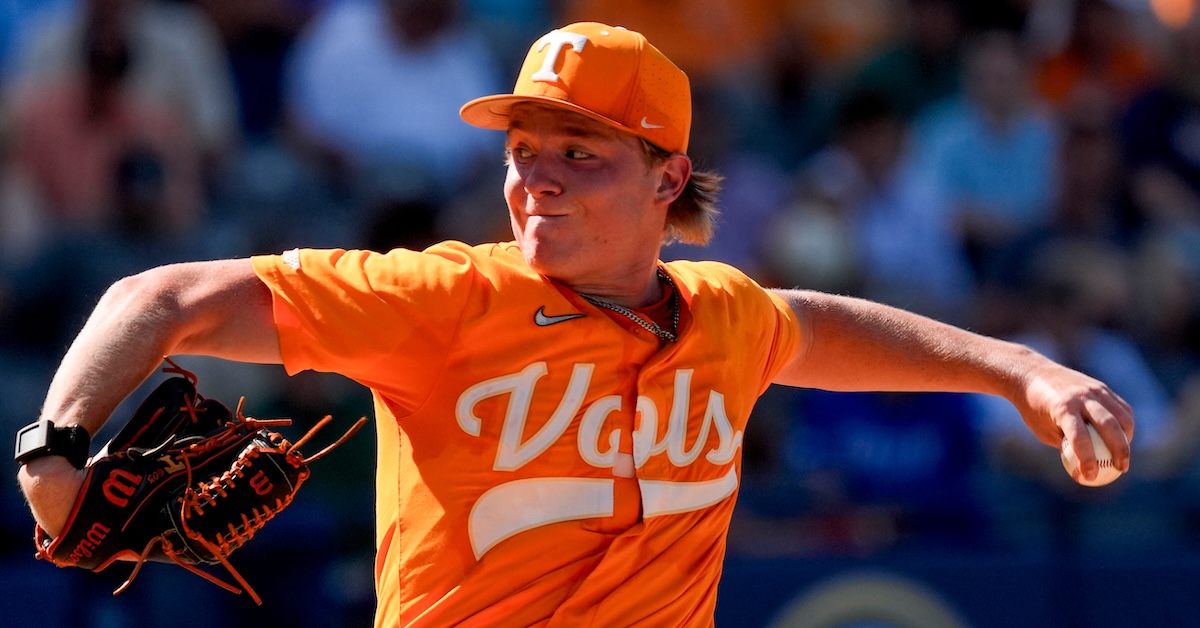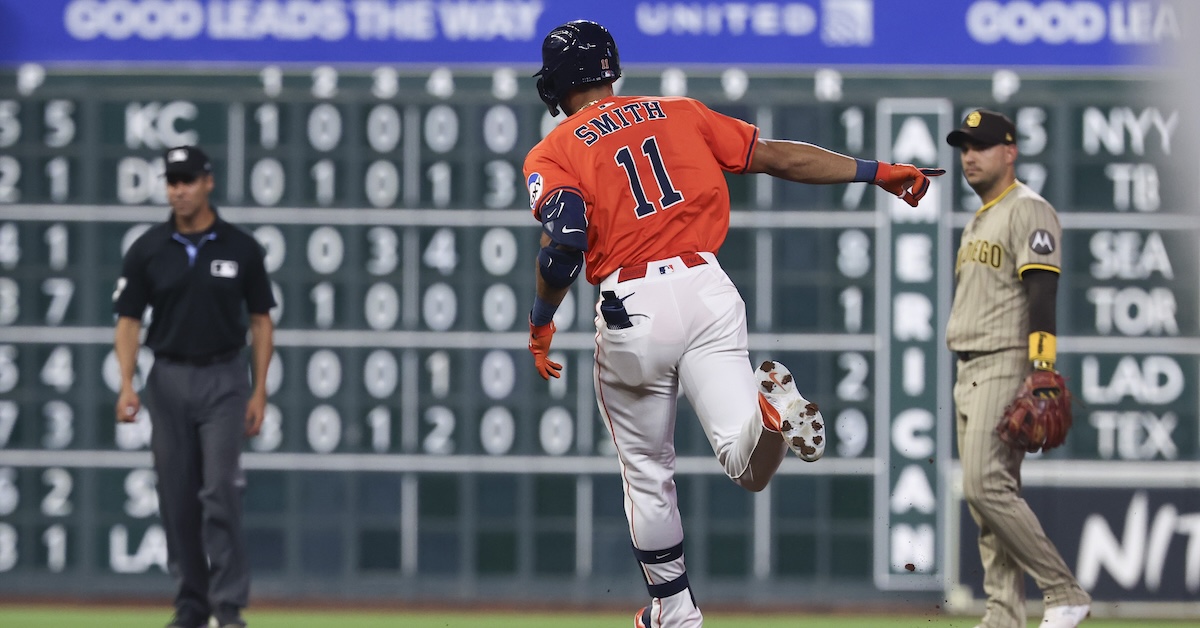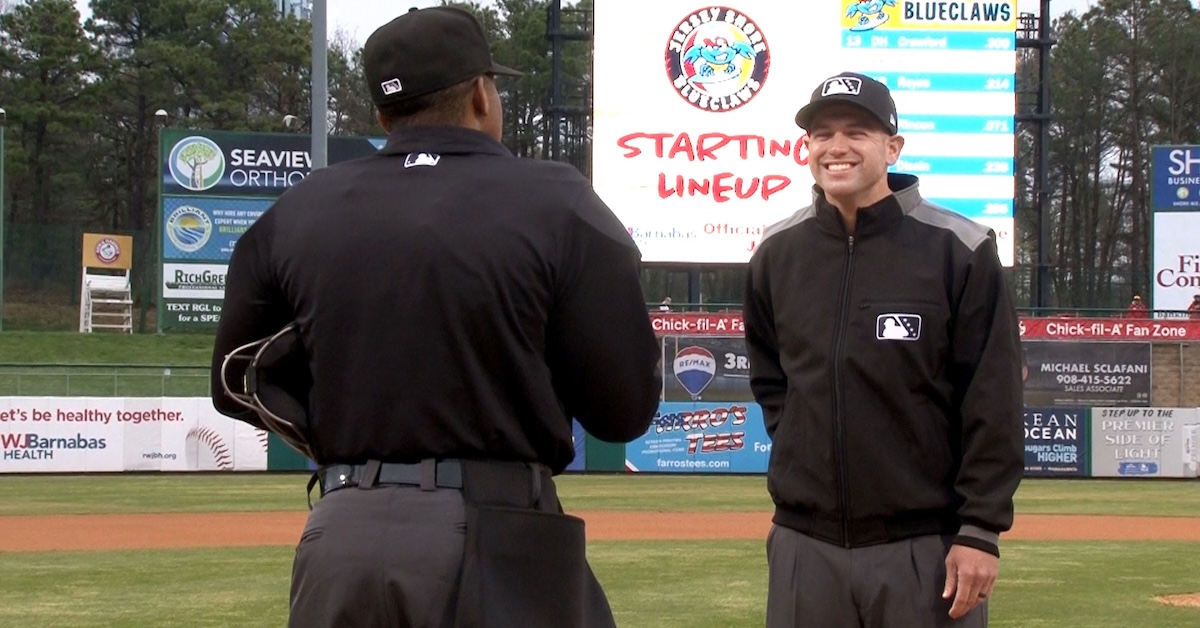Jose Altuve is having a Cooperstown-worthy career. Since debuting with the Houston Astros in 2011, the 35-year-old second baseman has logged 2,329 hits, including 246 home runs, while putting up a 129 wRC+ and 59.2 WAR. A nine-time All-Star who has won seven Silver Sluggers and one Gold Glove, Altuve captured MVP honors in 2017.
Turn the clock back to 2008, and the 5-foot-6 Puerto Cabello, Venezuela native was 18 years old and playing stateside for the first time. His manager with the rookie-level Greeneville Astros was Rodney Linares.
I recently asked the now-Tampa Bay Rays bench coach for his memories of the then-teenaged prospect.
“One guy that doesn’t get a lot of credit for Altuve is [current St. Louis Cardinals first base coach] Stubby Clapp, who’d been my hitting coach the year before,” Linares told me. “He always talked about Altuve, because he’d had him in extended spring. He was like, ‘You’ve got to watch this kid; this kid is going to be really good.’ I used to tell Stubby, ‘You think that because you’re small and played in the big leagues, anybody who is small can play.’”
Linares recalls the Astros organization’s wanting him to play 20-year-old Albert Cartwright at second, prompting him to tell Altuve ‘Go to short, go to third, go to left field. I’m going to make sure that you get your at-bats.” Read the rest of this entry »


